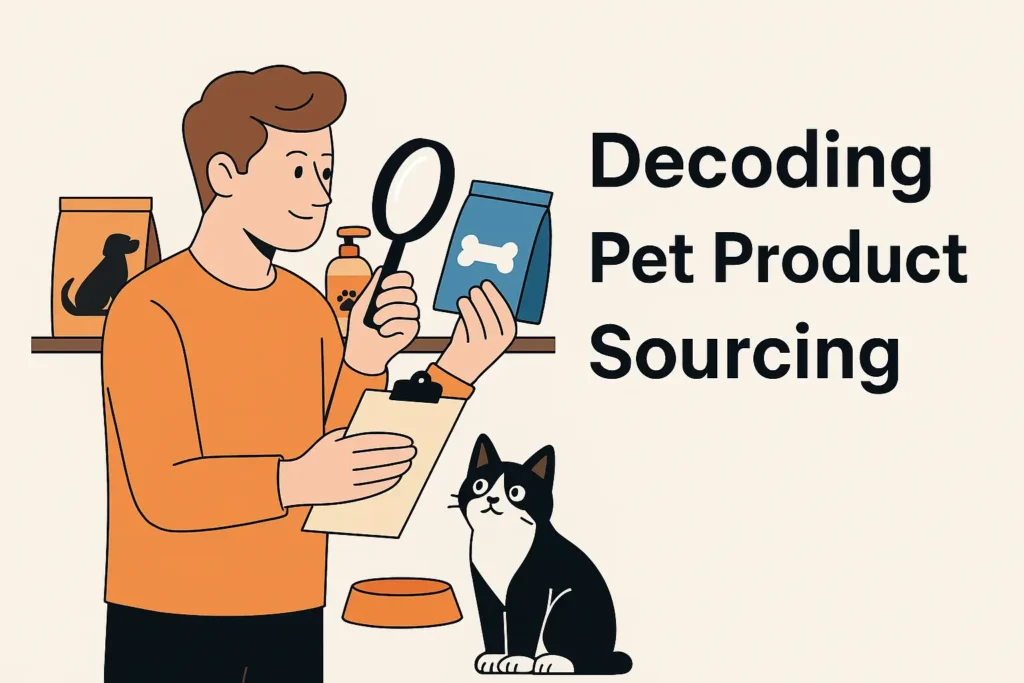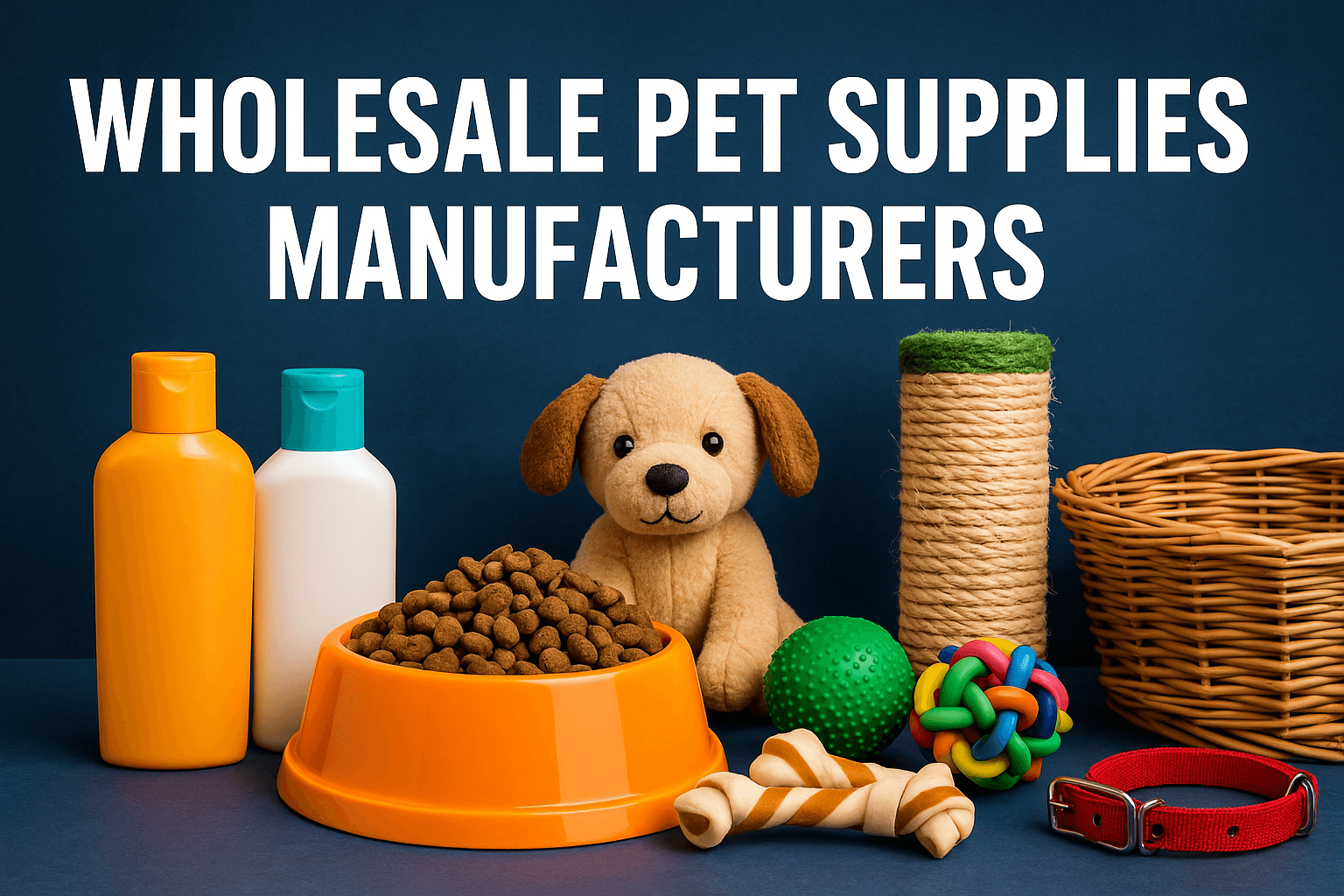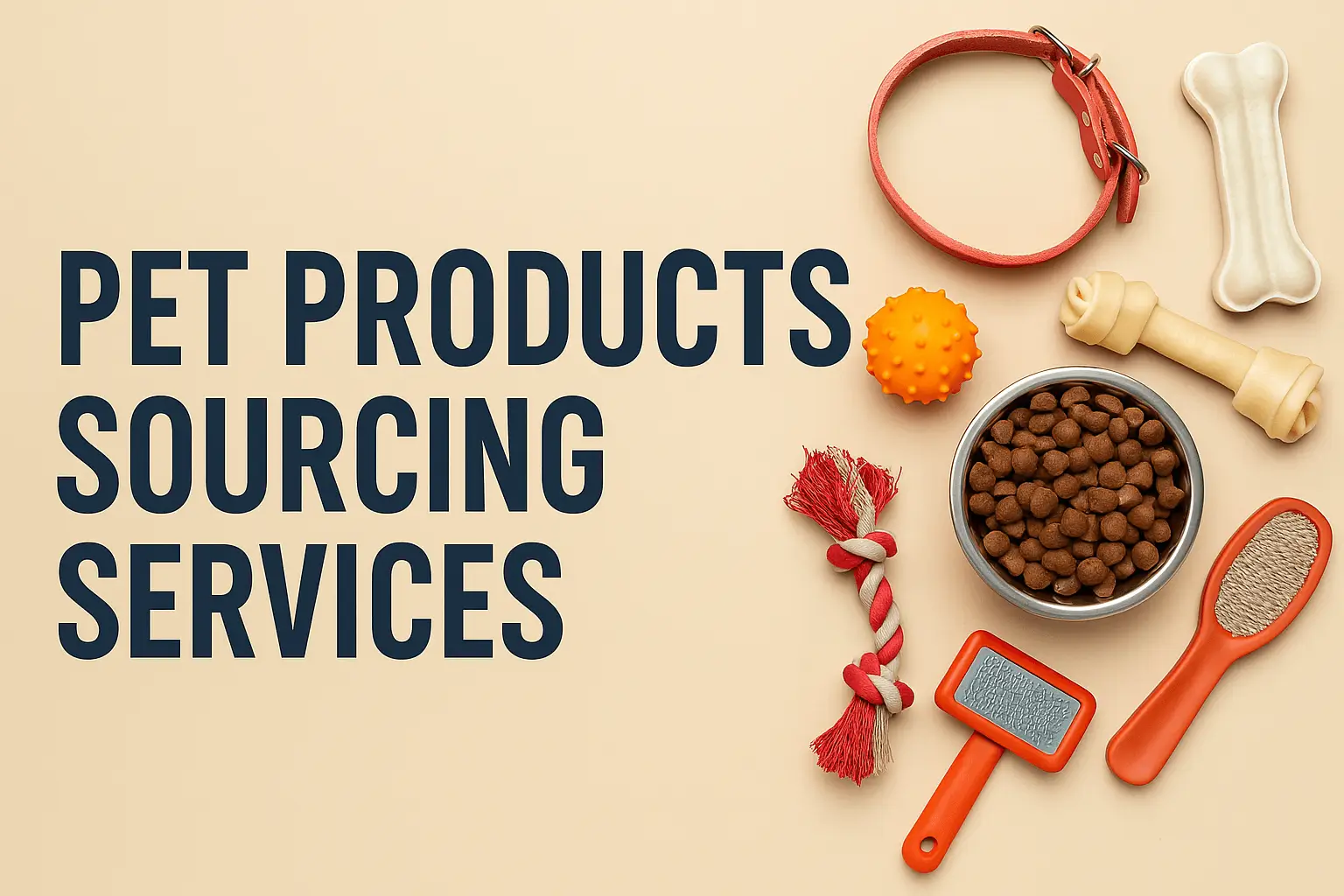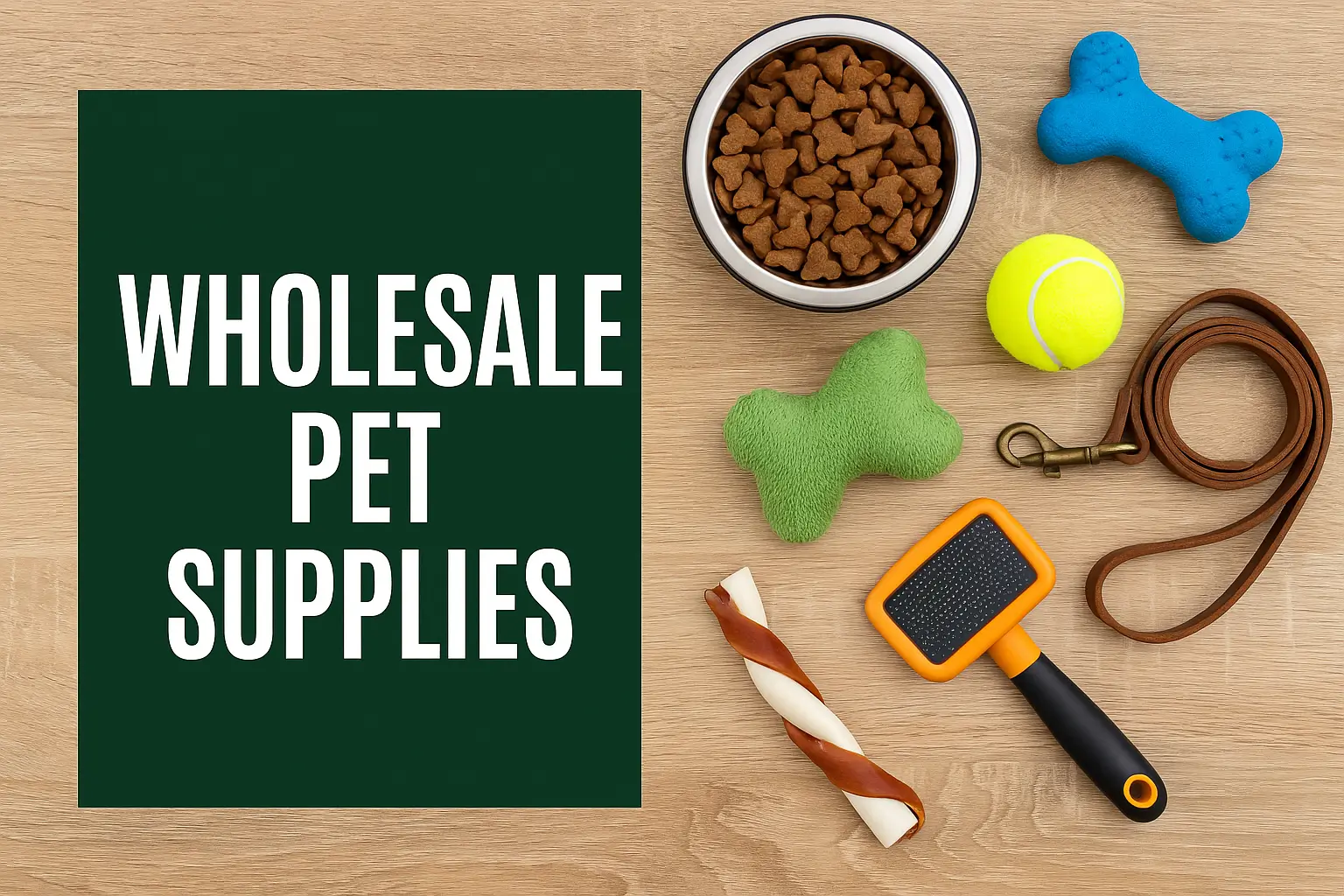Introduction
If you’ve ever thought, “Hey, I could totally run a business selling pet stuff,” you’re not alone—and you’re onto something big. Pet product sourcing is where every successful pet brand begins. Whether it’s chew toys, organic treats, or stylish collars, sourcing is how you bring those products into your customers’ hands (and their pets’ paws). This guide breaks it all down for you.
Why the Pet Product Industry Is Booming
Rising Pet Ownership Rates
Let’s face it—more people than ever are becoming pet parents. Globally, households are filling up with dogs, cats, birds, and even reptiles. That means more demand for everything from kibble to pet tech gadgets.
Shift in Pet Parenting Culture
Pets aren’t just animals anymore—they’re family. That mindset shift means owners are willing to spend top dollar on quality and innovation. Think: gourmet pet food and designer accessories.
Expansion of E-commerce
Online shopping has made it easier than ever to buy pet products. Entrepreneurs can tap into massive marketplaces and reach customers far beyond their local pet store’s reach.
What Is Pet Product Sourcing?
Definition and Scope
Pet product sourcing is the process of finding, evaluating, and partnering with suppliers or manufacturers to obtain products for resale. It’s the starting point for building your product line.
Common Pet Products to Source
- Pet food and treats
- Toys and enrichment products
- Collars, leashes, and harnesses
- Grooming supplies
- Beds and crates
- Health and wellness supplements
- Smart devices (like GPS trackers)
Pros and Cons of Sourcing Pet Products
Advantages
- Wide variety of products available
- Potential for high-profit margins
- Room for customization and private labeling
- Growing customer base
Challenges
- Finding trustworthy suppliers
- Managing quality control
- Navigating import/export rules
- Shipping delays and cost fluctuations
Key Factors to Consider Before Sourcing
Quality Assurance
Pet owners are extremely picky—and rightfully so. Always choose products that meet safety standards and are made from non-toxic materials.
Supplier Reliability
A flaky supplier can wreck your business. Look for consistent communication, timely deliveries, and good reviews.
Regulatory Compliance
Make sure your products comply with local and international safety regulations. This includes FDA compliance for treats or CE marking for electronic pet items.

Domestic vs. International Sourcing
Pros and Cons of Domestic Sourcing
Pros:
- Easier communication
- Faster shipping times
- Supports local economy
Cons:
- Higher production costs
- Limited variety
Pros and Cons of International Sourcing
Pros:
- Lower manufacturing costs
- Huge range of products
Cons:
- Time zone and language barriers
- Longer lead times
- Customs and duties hassles

Where to Find Pet Product Suppliers
Online Marketplaces
- Alibaba
- GlobalSources
- DHgate
- Faire (for wholesale)
Trade Shows and Expos
Attending pet industry expos like Global Pet Expo or Interzoo can put you face-to-face with top suppliers.
Sourcing Agents
Hiring a sourcing agent can take the legwork out of vetting and negotiating with suppliers, especially when sourcing internationally.
Vetting Pet Product Suppliers
Requesting Samples
Never order in bulk without checking a sample first. Look at the material, test the durability, and evaluate packaging.
Checking Reviews and Certifications
Look for third-party certifications like ISO or BSCI, and dig into supplier reviews across multiple platforms.
Communication and Responsiveness
A good supplier will be prompt and transparent. If they’re slow to reply before a sale, imagine the headache afterward.
Popular Pet Products to Source in 2025
Eco-Friendly Pet Items
Sustainable toys, biodegradable waste bags, and eco-beds are trending big time.
Smart Tech for Pets
From GPS collars to automatic feeders, tech-savvy pet owners want innovative solutions.
Customized Pet Accessories
Personalized name tags, engraved bowls, and breed-specific gear are super popular with proud pet parents.
Private Labeling and Branding Opportunities
What Is Private Labeling?
Private labeling means you sell products made by another manufacturer, but with your brand on it. Great way to build brand loyalty without starting from scratch.
Tips for Branding Pet Products
- Keep branding fun and pet-focused
- Choose packaging that stands out
- Use customer photos for social proof
- Offer bundles and exclusive collections
Logistics and Shipping Considerations
Handling Fragile Items
Some pet products—like glass aquariums or tech devices—require extra care during shipping. Always factor in protective packaging.
Managing Shipping Costs
Optimize for weight and size, and consider working with 3PL services to reduce overhead.
Managing Inventory Effectively
Using Inventory Management Tools
Software like Zoho Inventory or Ordoro helps you keep track of stock and avoid over-ordering or running out.
Forecasting Demand
Use past data, seasonal trends, and market research to stay ahead of demand and avoid dead stock.
Scaling Your Pet Product Business
Diversifying Product Lines
Once you’ve found your footing, expand your offerings—maybe from dogs to cats, or from toys to grooming products.
Building Customer Loyalty
Offer subscription boxes, loyalty points, or referral rewards to keep pet parents coming back.
Conclusion
Pet product sourcing isn’t just about finding the cheapest supplier—it’s about building a brand that pet lovers can trust. Whether you’re just starting out or looking to scale, the right sourcing strategy can make all the difference. Take your time, do your research, and remember—your customers’ furry friends are counting on you!
FAQs
1. What are the best pet products to start with?
Start with evergreen items like toys, treats, and collars. They’re in demand year-round and easier to brand.
2. How do I ensure product safety and compliance?
Work with certified suppliers and stay updated on your country’s pet product regulations. Always request third-party testing if in doubt.
3. Can I source pet products without a large budget?
Absolutely. Start small with dropshipping or low MOQ suppliers and reinvest your profits.
4. Is it better to work with a supplier or manufacturer?
It depends. Manufacturers give more control and lower costs but require higher MOQs. Suppliers offer flexibility but might cost more.
5. How do I avoid scams when sourcing products?
Vet thoroughly. Use secure platforms, request samples, and never pay in full upfront unless it’s a verified, trusted partner.






